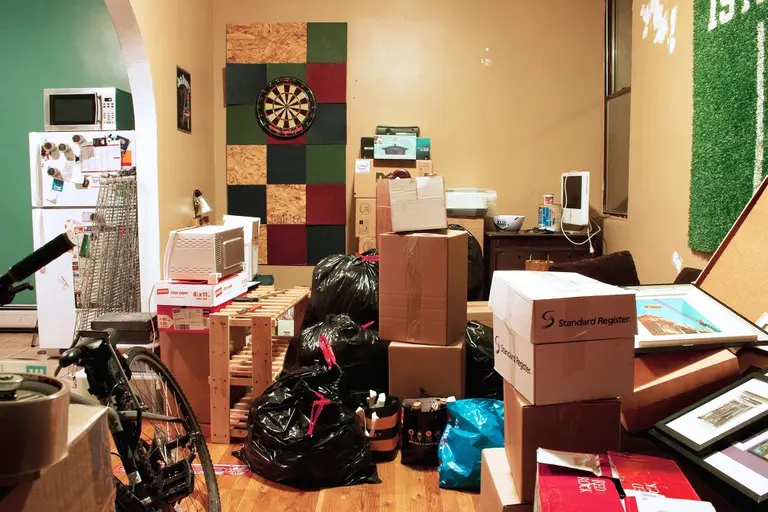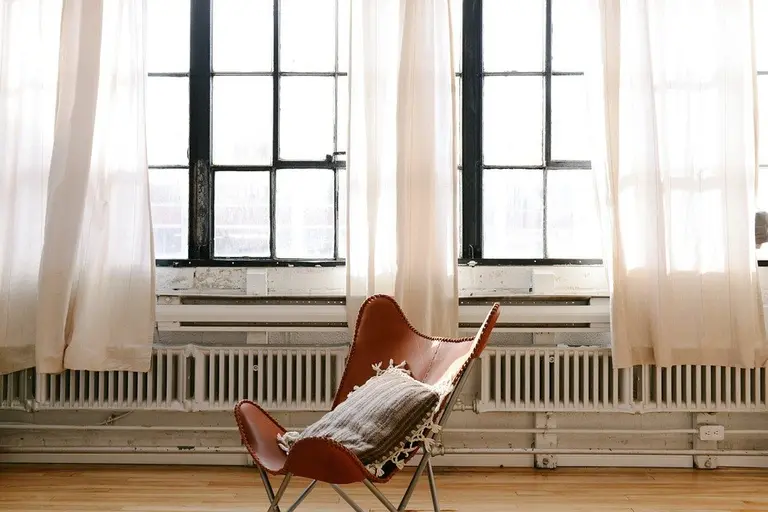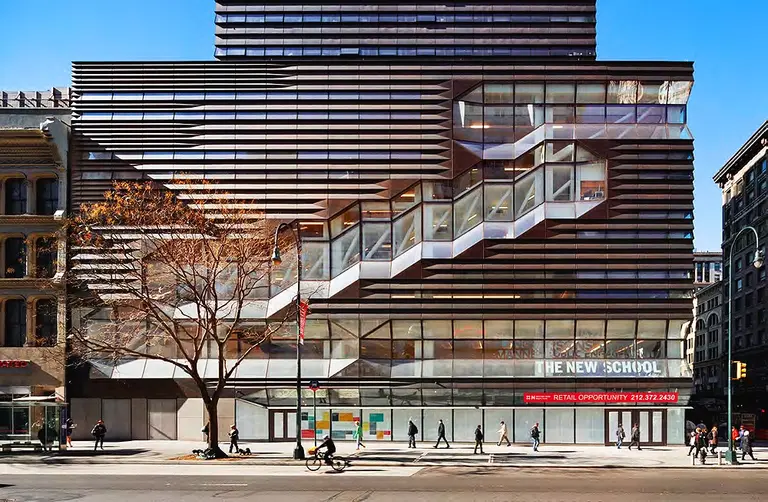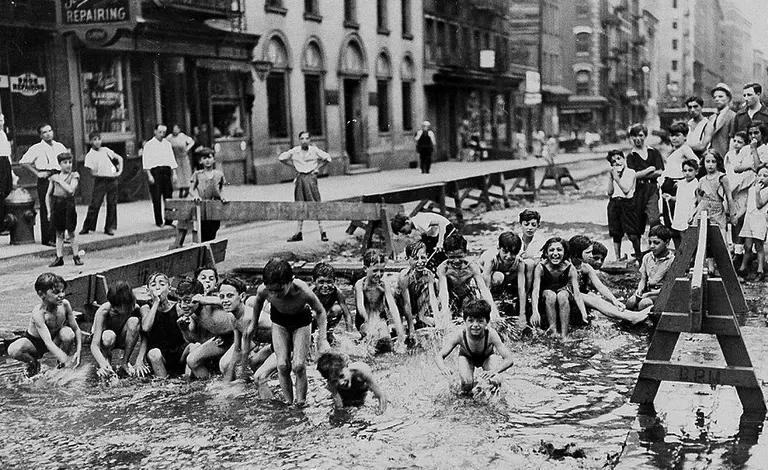
Image: Dov Harrington / flickr CC
6sqft Guide: Everything parents need to know about renting for college-age kids in NYC
the full scoop here

Image: Dov Harrington / flickr CC

Image via Pexels

Photo via pxhere
Dr. Ben Carson, a retired neurosurgeon and failed Republican nominee, has now been cleared to serve as Secretary of Housing for the next four years. For many, his appointment remains perplexing. Carson has no political experience and no obvious knowledge of housing and development issues. At least some concerns about Carson’s fitness for the job […]
At the start of every new year, futurologists inform us of what the next 12 months might have in store. For 2017, there is widespread speculation that the Internet of Things will continue to reshape our lives and homes in profound and lasting ways. If you haven’t already familiarized yourself with the Internet of Things […]

Doorman at the Sherry-Netherland Hotel. Image Steven Pisano/flickr
Every December, building staff across the city leave seasonal cards under residents’ doors. If you’re new to life in a full-service building, don’t be fooled—this card is not simply a chance for staff to extend holiday cheer to you and your family. These cards, which usually arrive in the first week of December and list […]
In October, city officials unveiled plans to rezone a large swath of East Harlem. The major thrust of the rezoning initiative is to bring more high-rise buildings to a corridor running several blocks along Park, Second, and Third avenues. By building up, city officials hope the neighborhood will increase its housing stock, including its affordable […]
Images via Extell and Google Maps The construction of Extell’s high-rise condo development at the foot of the Manhattan Bridge is now well underway. When complete, 250 South Street (formerly 227 Cherry Street) will rise more than 80 stories above the East River and be home to just under 800 units, but that’s not all. As the Extell […]
In the 1980s, the idea that Avenue C would eventually be home to condo developments with names like Boutique 67 would have sent most local residents into a fit of laughter and possibly a fit of rage. At the time, heroin was so widely available in Alphabet City that junkies would simply line up outside local tenements […]

Image courtesy of SOM by James Ewing

Above: Children turn a Lower East Side excavation site into a pool using water from a fire hydrant. 1936. Image via Bowery Boys
The New York City artist’s loft is arguably among the most romanticized and coveted living spaces in the world. It has been used as a backdrop for avant-garde films by Andy Warhol, the central scene of a musical (yes, we’re talking about Rent), and more recently, as the focus of several museum shows (for example, the […]
Following the 2013 Supreme Court ruling that struck down the Defense of Marriage Act and the 2015 ruling that upheld the decision, gay and lesbian couples across the United States have had a lot to celebrate. After years of struggle, gays and lesbians now have the right to marry and along with it, the right […]
New Yorkers may be surprised to learn that they do not live in the world’s loudest city. That dubious honor goes to Mumbai where noise levels have been known to reach close to 124dB. To put this figure into perspective, 124dB is somewhere between the sound levels typically reached by chain saws (120dB) and the […]